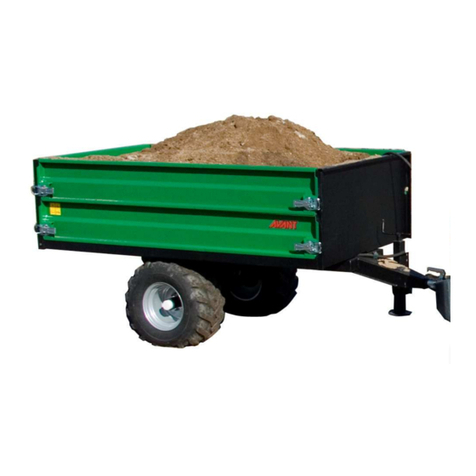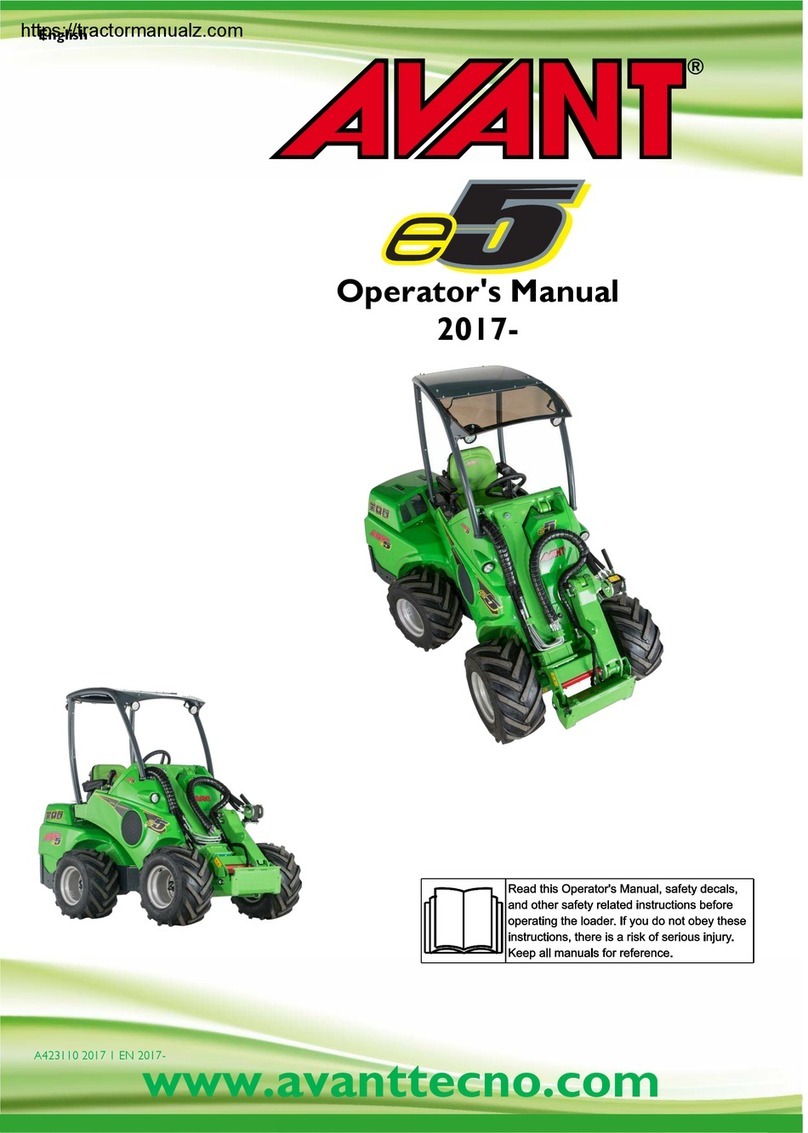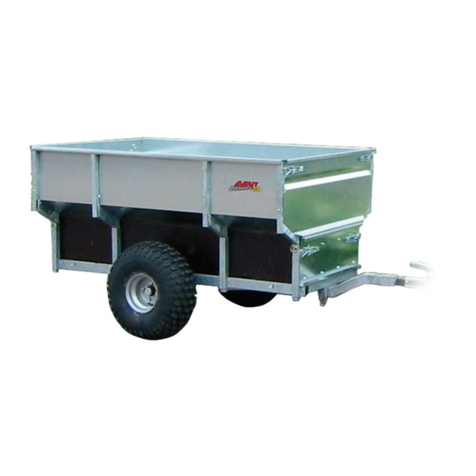
Tipping trailer 2021 1
CONTENTS
1. FOREWORD ........................................................................................................................................ 4
Warning symbols used in this manual ...................................................................................................................................5
2. DESIGNED PURPOSE OF USE.......................................................................................................... 6
3. SAFETY INSTRUCTIONS.................................................................................................................. 7
3.1 Personal protective equipment...............................................................................................................................9
3.2 Safe shutdown procedure ........................................................................................................................................9
4. TECHNICAL SPECIFICATIONS ....................................................................................................... 10
4.1 Safety labels and main components of the attachment ....................................................................................11
5. ASSEMBLING THE ATTACHMENT................................................................................................. 13
5.1 Connecting and disconnecting hydraulic hoses ..................................................................................................14
6. OPERATING THE ATTACHMENT .................................................................................................. 15
6.1 Checks before use .....................................................................................................................................................15
6.2 Use .................................................................................................................................................................................17
6.2.1 Opening and removing the sides ...................................................................................................................18
6.2.2 Tipping the trailer ..............................................................................................................................................19
6.2.3 Operating the rear hydraulic outlet of the loader ....................................................................................19
6.2.4 Lifting the Tipping trailer..................................................................................................................................20
6.3 Road traffic light kit (Optional extra) ...................................................................................................................21
6.4 Working on uneven ground ....................................................................................................................................21
6.5 Storage ..........................................................................................................................................................................22
7. MAINTENANCE AND SERVICE ....................................................................................................... 23
7.1 Inspection of hydraulic components .....................................................................................................................23
7.2 Cleaning the attachment...........................................................................................................................................24
7.3 Lubrication ...................................................................................................................................................................24
7.4 Inspection of metal structures................................................................................................................................24
7.5 End of life disposal......................................................................................................................................................24
8. WARRANTY TERMS .......................................................................................................................... 25































